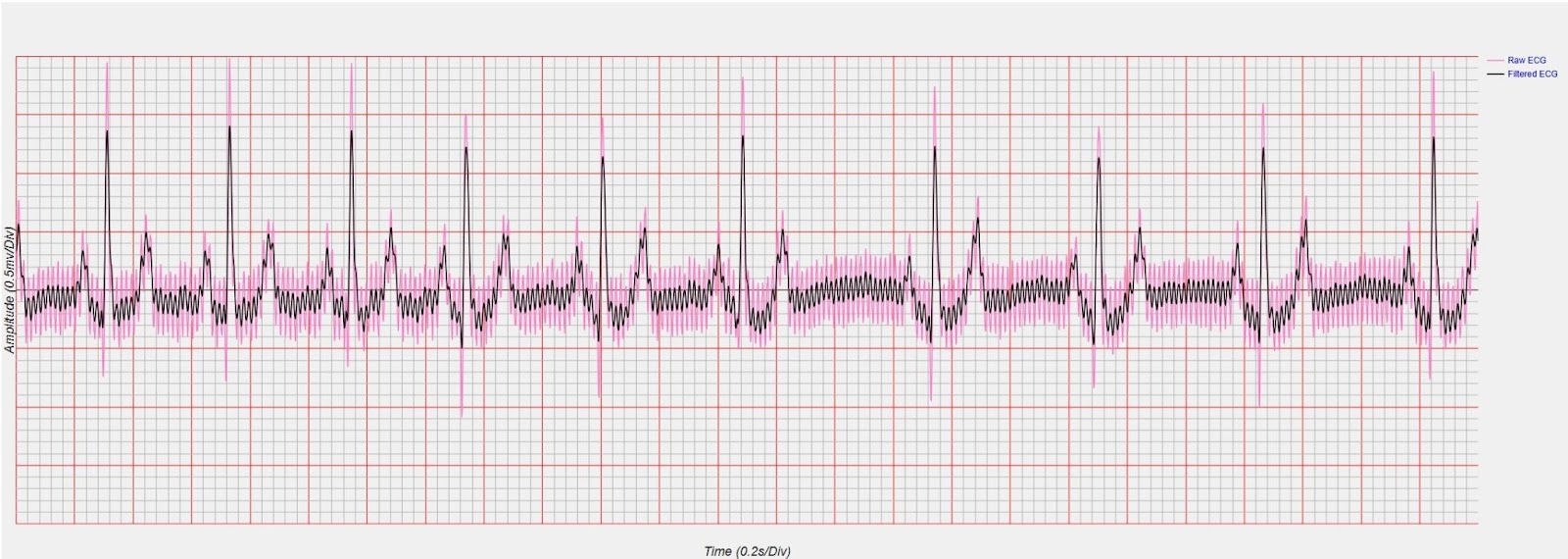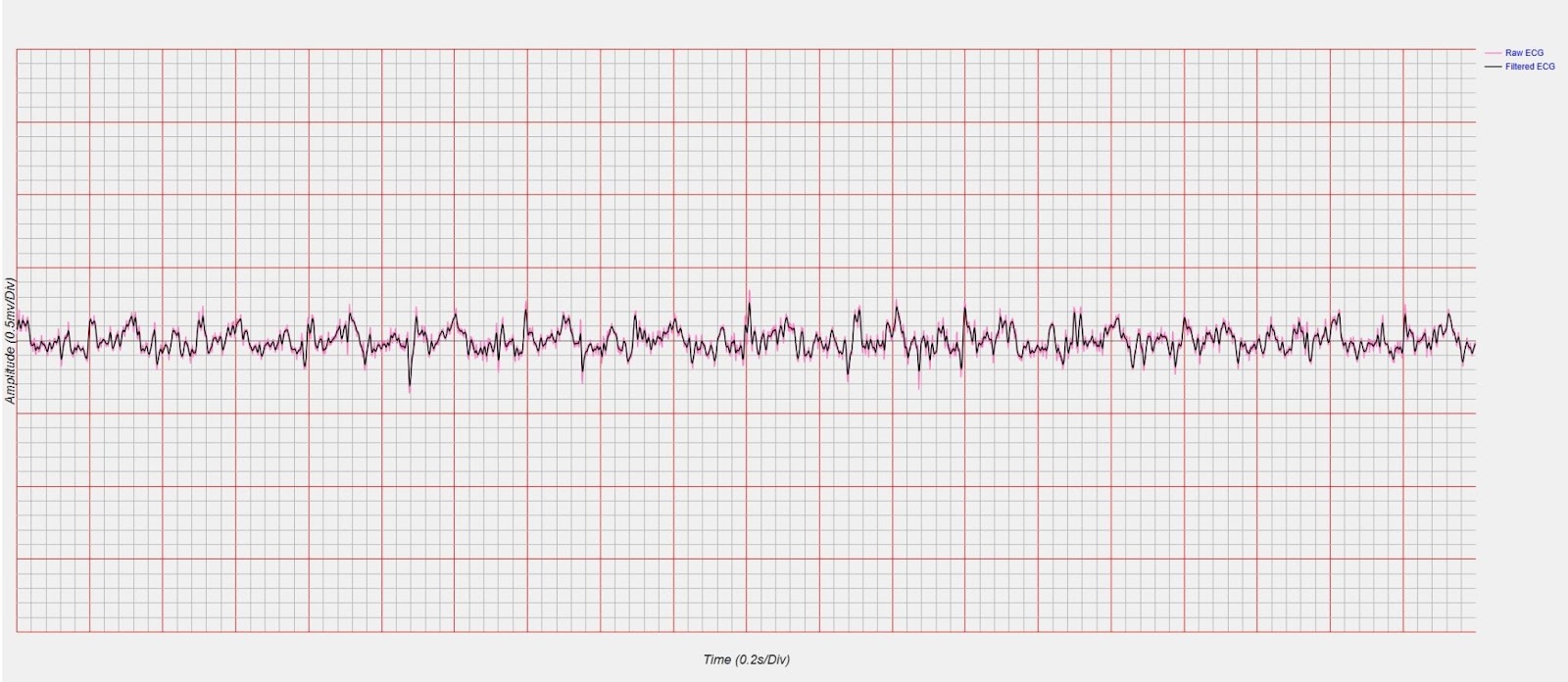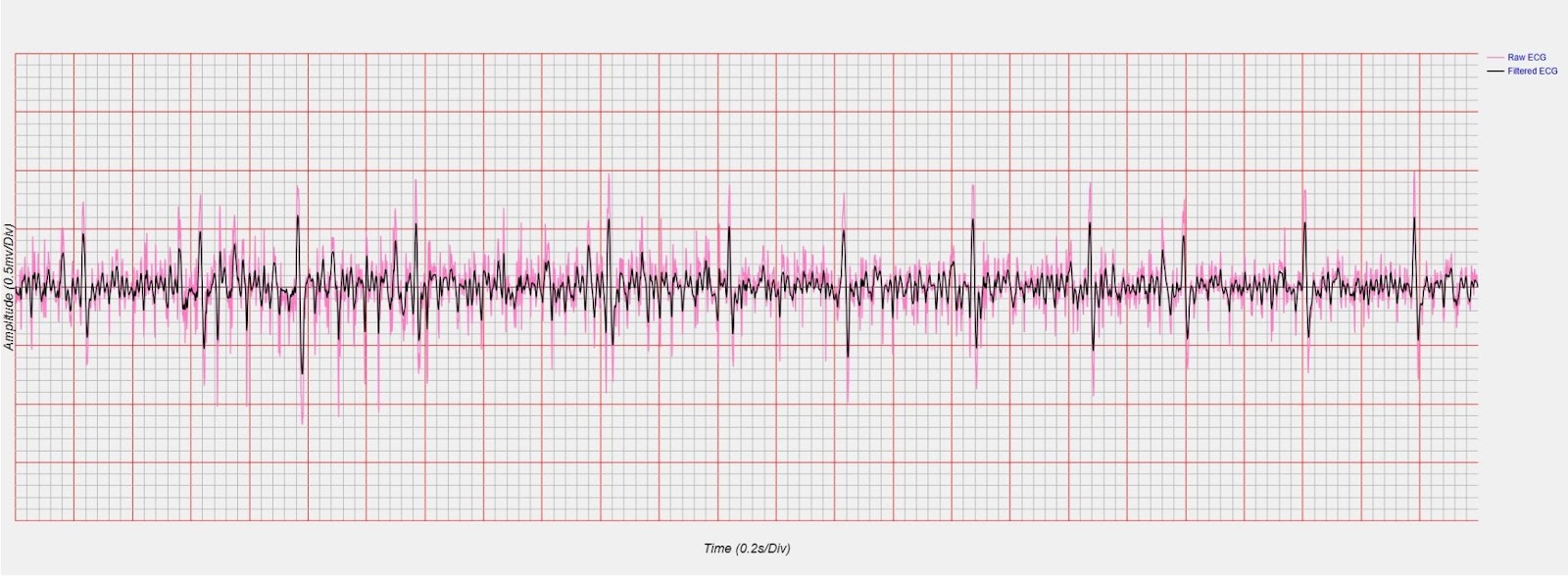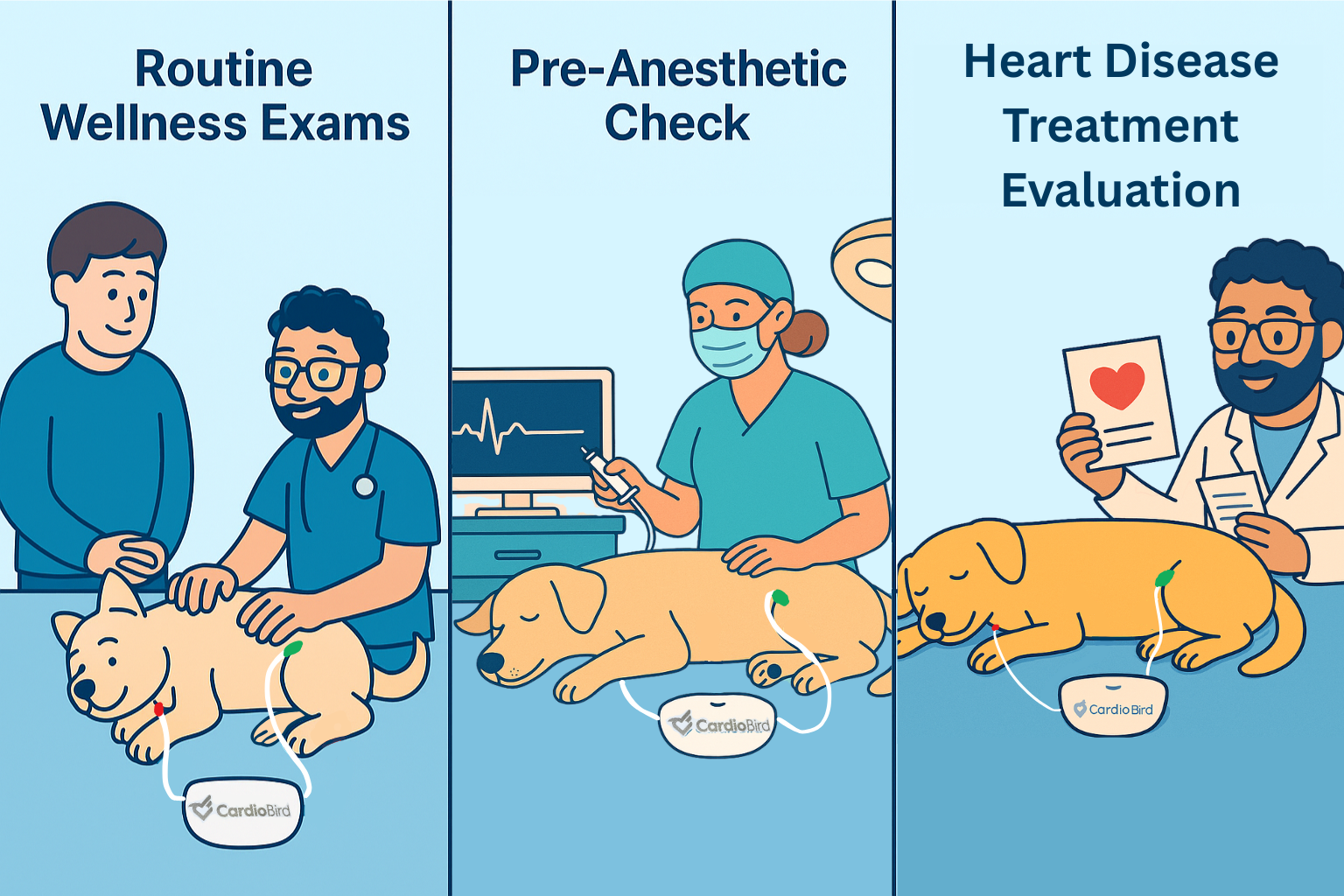How do I know when the ECG signal is truly ready for recording and submission?

Welcome back to “What’s up”! We’ve been hearing a fantastic question from many of you: “How do I know when the ECG signal is truly ready for recording and submission? Should I always wait for that little green light from the signal quality AI?”
It’s a great question, and we’re here to clear things up and empower you to capture the best possible ECGs for our AI to work its magic!
That Little Green Light: Your Helpful Hint, Not the Final Word!
You’ve probably noticed the signal quality AI at the bottom of your screen giving you instant feedback. It’s a nifty feature, right? This AI looks at the real-time data streaming into the app and quickly assesses the signal. It’s designed to respond best to clean, typical ECG waveforms.
However, because it’s analyzing very short snippets of the ECG in real-time, it could be sensitive to noisy patches or atypical (but still valuable!) heart rhythms. Think of it as a helpful guide, a nudge in the right direction, but not the ultimate decision-maker. Your expert clinical judgment is still key!
Your Expert Eye: The Real “Green Light” for Recording!
So, when should you confidently hit that “start” button? Here’s a simple rule of thumb:
An ECG is ready for recording when you can see:
- Discernible P waves and QRS complexes. Even if there’s a bit of fuzz (noise), as long as you can clearly make out these key components, you’re good to go!
- A clean baseline, even if some wave components are missing. For example, sometimes P waves might be absent (like in certain arrhythmias), but if the baseline (the line between the heartbeats) is nice and flat, that’s perfectly recordable. This clean baseline tells us that waves aren’t just buried under noise.
Don’t Fear the Fuzz! Our AI is Tougher Than You Think!
One of the coolest things about CardioBird’s AI is its powerful signal processing capability. You don’t need to stress about minor noise if those crucial P and QRS waves are visible. Once you submit the 30-second recording, our advanced AI analytics kick in. It’s designed to clean up and accurately interpret signals, even those with some level of interference, as long as the fundamental wave components were observable during your recording.
Let’s Look at Some Examples:
To make this super clear, let’s visualize a few scenarios you might encounter:
- Example 1: The “Perfect” Strip

perfectly clean ECG
-
- What you see: Clear, distinct P waves, followed by sharp QRS complexes, and then T waves. The baseline is stable.
- Action: Hit record! This is as good as a textbook ECG ! Well done !
- Example 2: A bit chubby, but still can see the shape of bones 🙂 (Acceptable Noise)

readable ECG with noise but P and QRS are discernible
- What you see: You can definitely identify the P waves and the QRS complexes. However, there might be a bit of a fuzzy baseline or some minor muscle tremor artifact.
- Action: Hit record! As long as P and QRS are discernible, our AI can handle the noise.
- Example 3: The Missing P-Wave Mystery (Clean Baseline is Key!)

atrial fibrillation with clean baseline
- What you see: You clearly see QRS complexes, but the P waves are nowhere to be found. Importantly, the baseline is flat and clean – no significant noise.
- Action: Hit record! A clean baseline here is crucial because it confirms the P waves are truly absent and not just hidden by noise. Our AI can interpret rhythms where P waves are missing.
- Example 4: The “Can’t See a Thing” Strip (Unacceptable Noise)

Unreadable ECG I

Unreadable ECG II
- What you see: The baseline is all over the place with heavy artifact (movement, electrical interference). You can’t reliably identify P waves or even clear QRS complexes. They seem buried under the noise.
- Action: Wait and readjust! Try to improve your skin to electrode contact, calm the patient, or check for sources of electrical interference. Recording this will likely lead to an inconclusive result, as the fundamental data isn’t clear.
You’ve Got This!
By understanding these nuances, you can be confident in deciding when to start your ECG recordings. You don’t always need to wait for that signal quality AI to turn green. Trust your ability to identify those key waveforms or a clean baseline.
We’re incredibly proud to partner with skilled veterinarians like you. Your careful recordings, combined with CardioBird’s powerful AI, are pushing the boundaries of veterinary care. Keep those great questions coming, and know that we’re continuously working to make CardioBird the most intuitive and powerful tool in your diagnostic arsenal. Together, we’re making a real difference!
Until next time,
The CardioBird Team

